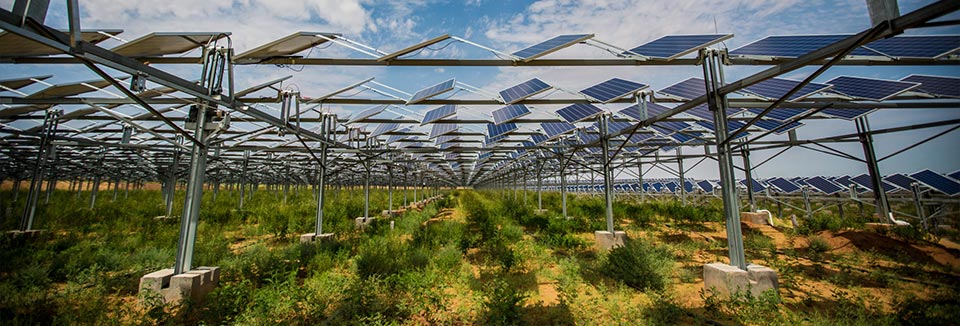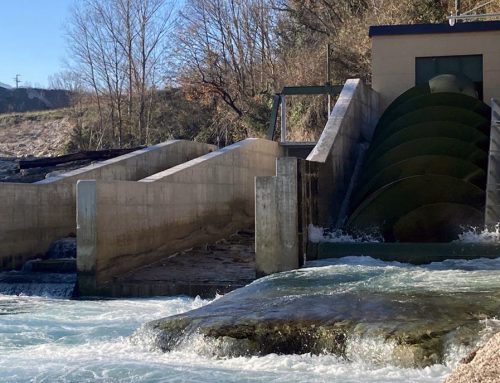Lombardy strictures on ground mounted installations, on PDO and PGI land in practice only advanced agrovoltaics will be allowed. Here is a summary of the resolution with the new published indications to build PV systems in Lombardy both on the ground and agrovoltaic in agricultural areas, these are the first indications while waiting for the decree that will identify the eligible areas under Legislative Decree 199/2021. The rules are found in Annex A of Resolution No. XII/1949, approved by the regional council on Feb. 26.
In most cases, only agrovoltaic installations will be allowed, because those with ground-mounted modules are considered “technically difficult to implement” because they reduce or cancel out the ability to cultivate agricultural land. The agrovoltaic installations themselves will also have to comply with several requirements, including a threshold of maximum occupation of utilized agricultural land (40 percent).
In particular, on valuable land where PDO and PGI products are grown basically only advanced agrovoltaic systems can be installed: “insofar as the construction characteristics (height of the modules from the ground, spacing between the support structures of the photovoltaic modules) and technological characteristics (insertion of insolation monitoring systems on crops, water saving, application of digital and precision farming tools) of the plant, are considered such as to ensure the full operation of agricultural means in all phases of agronomic activity and not to alter the characteristics of the geographical area of production […].” While: “in a secondary way [in the same valuable areas] agri-voltaic plants are considered feasible provided that they guarantee the full operation of agricultural means in all phases of agronomic activity.”
The Lombardy measure, in giving initial application to Annex 13 of the Preac (Regional Energy, Environment and Climate Plan), divides agricultural land into two categories: category “A” with productions of particular typicality, PDO and PGI, referring to the vine-wine, olive, fruit, horticultural and melliferous sectors; category “B” which identifies the remaining agricultural areas, which are in turn divided into territories (B1) intended for specific land uses, such as rice fields, vineyards and orchards, and territories (B2) characterized by arable production.
It is then stipulated that in order to set up photovoltaic plants in “A” and “B1” type areas, it is necessary to comply with four additional requirements to the current regulations, borrowed from the guidelines for agrovoltaic plants.
First, the installation must fall within the definition of agrovoltaic or advanced agrovoltaic by meeting two conditions:
not occupying more than 40 percent of the utilized agricultural area in the availability of the person proposing the plant;
at least 70 percent of the utilized agricultural area must be devoted to agricultural activity, in compliance with Bpa (Good Agricultural Practices).
The second requirement states that the integration between agricultural activity and electrical production must be verified, maintaining PDO and PGI production and comparing the projected agronomic yield with the yield of the last 3 years prior to the agroFV plant project. In addition, the electrical producibility of the agroFV plant must not be less than 60 percent of that of a standard ground-mounted PV plant with the same characteristics.
The third requirement requires proof of continuity of agricultural activity, maintaining Gross Saleable Production in the years of operation of the agroFV plant (PLV is determined at the time of the project, calculated with reference to the average PLV obtained in the first three years of the five-year period preceding the year in which the plant application is submitted).
Finally, the fourth requirement is that the farmland must be conducted by an agricultural enterprise with valid title, lease or loan.
Source: www.qualenergia.it





